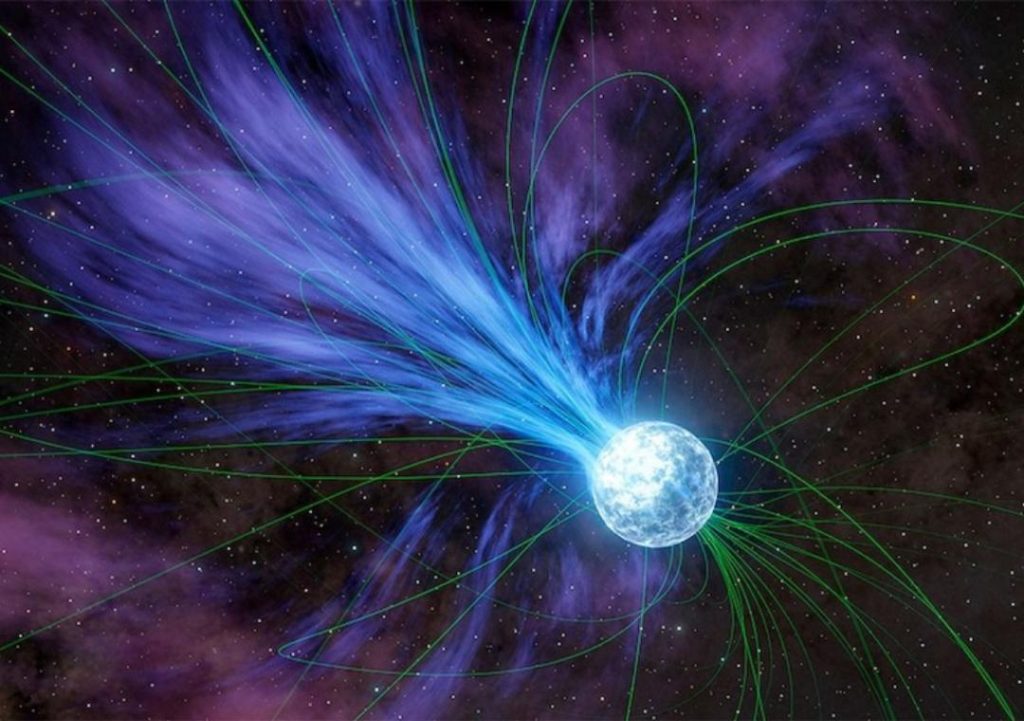
Title: Gold & Platinum created through neutron stars’ explosions: Study
In a groundbreaking discovery, scientists have revealed that the precious metals gold and platinum were created through the explosions of magnetars, or highly magnetized neutron stars. This cosmic event occurred over 20 years ago, and its remnants are still being studied by researchers today.
The study, led by Columbia University student Anirudh Patel, suggests that magnetars exploded and released flares that contained these elements. These explosions, which occur approximately once per decade in the Milky Way and annually across the observable universe, played a crucial role in the creation of gold and platinum.
For centuries, humans have been fascinated by the origin of these precious metals. While geologists have long believed that gold and platinum were formed through geological processes, the exact mechanisms behind their creation remained unclear. The latest findings, however, shed new light on the subject.
According to Patel’s study, magnetars are born from the collapse of massive stars. These stars are so massive that they do not have enough mass to form a black hole when they die, but are still too massive to form a neutron star. Instead, they form a magnetar, which is characterized by its extremely strong magnetic field.
When a magnetar explodes, it releases a massive amount of energy in the form of a flare. This flare is so powerful that it can be seen from millions of light-years away. The explosion also creates a shockwave that compresses and heats up the surrounding material, causing it to become denser and hotter.
As the explosion cools, the denser material begins to condense into droplets of heavy elements, including gold and platinum. These droplets are then dispersed into space, where they can be incorporated into new stars, planets, and even meteorites.
The study’s findings are based on data collected by NASA’s Fermi Gamma-Ray Space Telescope. The telescope detected a burst of gamma radiation from a magnetar explosion in 1998, which was later confirmed by follow-up observations using the Chandra X-ray Observatory.
By analyzing the data, researchers were able to identify the presence of gold and platinum in the explosion’s aftermath. The presence of these elements, which are typically found in small quantities on Earth, suggests that they were indeed created through the magnetar’s explosion.
The discovery has significant implications for our understanding of the universe’s early history. It suggests that the explosion of magnetars may have played a crucial role in the creation of the heavy elements that make up many of the planets and stars in our galaxy.
“This is a game-changer,” said Dr. Brian McNamara, a physicist at the University of Waterloo. “For the first time, we have direct evidence of how gold and platinum were created. It’s a testament to the power of magnetars and the complex processes that shape our universe.”
The study’s findings also have practical applications for scientists and engineers. By understanding the mechanisms behind the creation of gold and platinum, researchers may be able to develop new methods for extracting these metals from space.
As we continue to explore the universe and uncover its secrets, we are reminded of the awe-inspiring beauty and complexity of the cosmos. The discovery of gold and platinum’s creation through magnetar explosions is a testament to the wonders that await us as we continue to push the boundaries of human knowledge.






